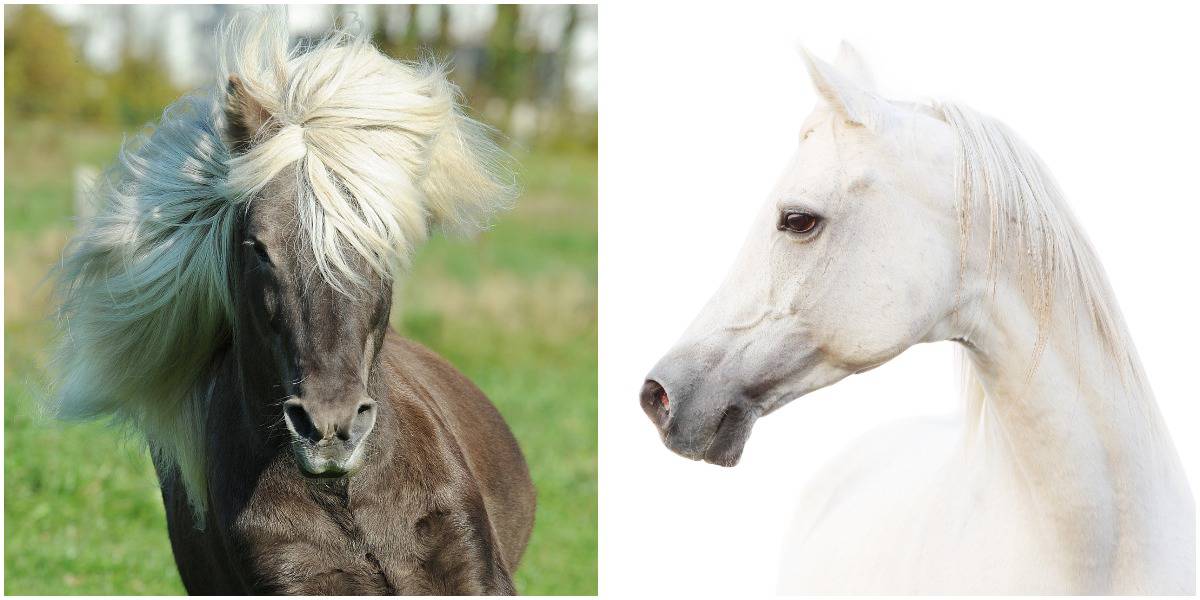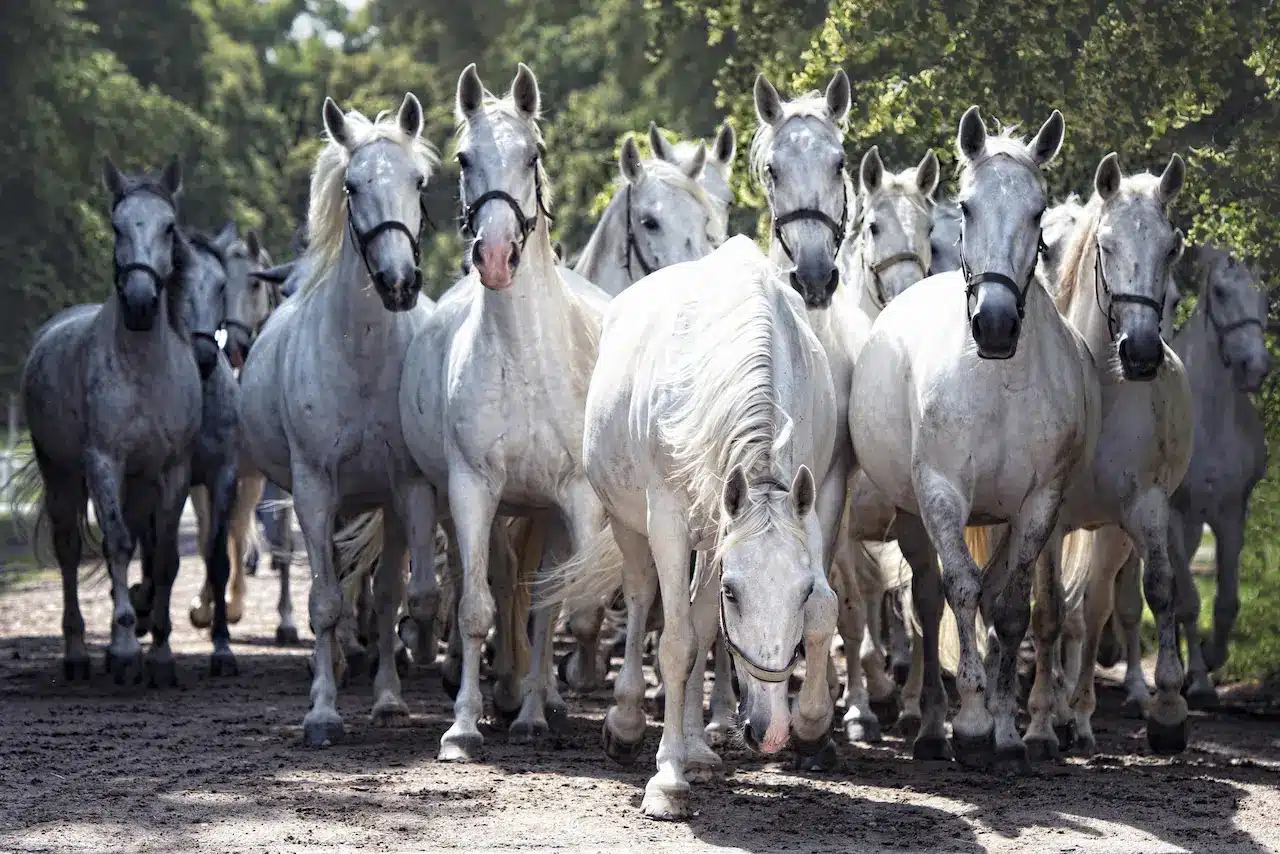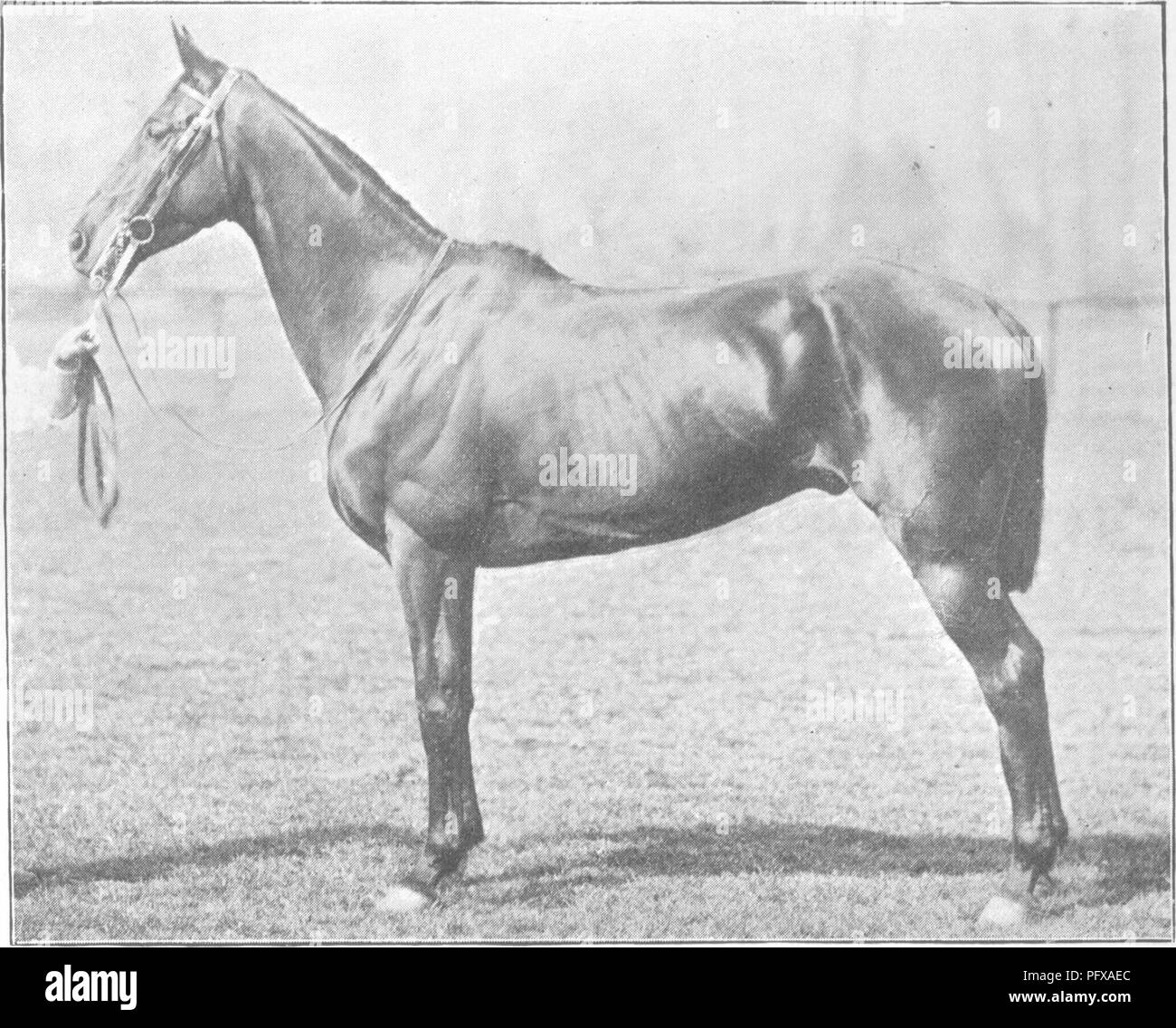🐐 Horse Breeds & History (Continued)

Exploring the fascinating world of horse breeds reveals a rich tapestry of history, culture, and biology. This continuation delves deeper into notable breeds, their origins, and their roles throughout history.
Table of Contents

- Overview of Horse Breeds
- Historical Significance
- Notable Horse Breeds
- Breed Characteristics
- Horses in Culture and Society
- Frequently Asked Questions (FAQ)
1. Overview of Horse Breeds
Horse breeds are categorized based on their physical characteristics, temperament, and historical use. They range from light riding horses to heavy draft horses, each adapted to specific environments and tasks.
| Breed Type | Description | Common Uses |
|---|---|---|
| Light Horses | Agile, fast, and often used for riding | Racing, riding, polo |
| Draft Horses | Large, strong, bred for heavy labor | Farming, pulling carriages |
| Ponies | Small stature, sturdy and hardy | Riding for children, driving |
2. Historical Significance
Horses have been integral to human civilization for thousands of years. From ancient warfare to agriculture, their roles have evolved but remained vital. The domestication of horses around 3500 BC transformed transportation and trade.
3. Notable Horse Breeds
- Arabian Horse: Known for endurance and beauty, originating from the Arabian Peninsula.
- Thoroughbred: Famous for speed and agility, primarily used in horse racing.
- Clydesdale: A draft breed recognized for its strength and distinctive feathering on the legs.
- Mustang: Wild horses of the American West, symbolizing freedom and resilience.
4. Breed Characteristics
Each breed exhibits unique traits:
- Arabian: High tail carriage, refined head, and spirited nature.
- Thoroughbred: Tall, slim, and built for speed.
- Clydesdale: Massive build with calm temperament.
- Mustang: Hardy, adaptable, and intelligent.
5. Horses in Culture and Society
Horses have influenced art, literature, and mythology worldwide. They symbolize power, freedom, and nobility. Various cultures have revered horses, integrating them into ceremonies and traditions.
6. Frequently Asked Questions (FAQ)
Q1: What is the oldest horse breed?
A1: The Arabian horse is often considered one of the oldest breeds, with a history dating back over 4,000 years.
Q2: How do horse breeds differ?
A2: Breeds differ in size, build, temperament, and suitability for various tasks.
Q3: Can horses of different breeds interbreed?
A3: Yes, horses of different breeds can interbreed, producing offspring with mixed traits.
This expanded content aims to provide a comprehensive understanding of horse breeds and their historical context, making it both informative and engaging for readers interested in equine topics.
